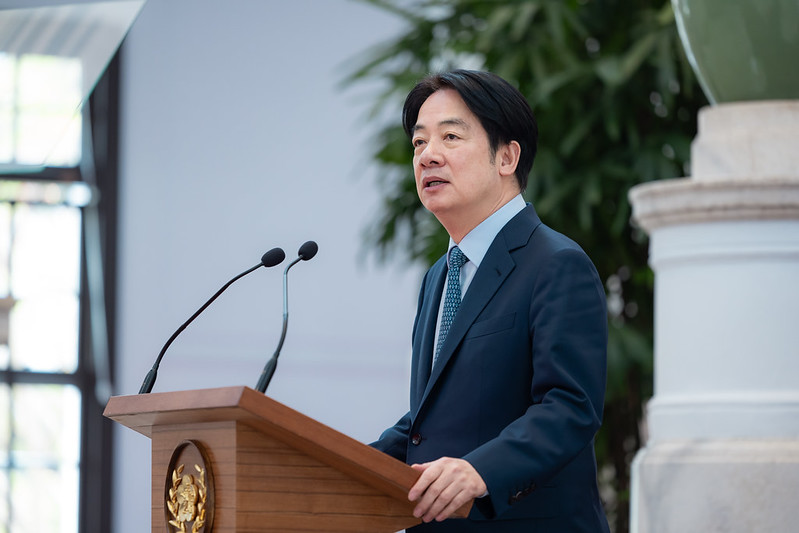In early July 2025, the Taiwan Strait once again became the center of global attention as tensions between China and Taiwan intensified. Triggered by a combination of military maneuvers, political statements, and increasing international involvement, the escalation has raised alarms across the Indo-Pacific region. What began as routine drills soon evolved into a full-scale geopolitical standoff that could reshape the future of Asia.
Timeline of Events
July 2–5: China’s People’s Liberation Army (PLA) conducted large-scale live-fire military exercises just off Taiwan’s eastern coast. The drills included naval maneuvers, amphibious landing simulations, and air force flyovers involving over 50 fighter jets.
July 6: Taiwan’s Ministry of National Defense reported that 27 Chinese aircraft crossed into its Air Defense Identification Zone (ADIZ), prompting immediate scramble responses from Taiwanese fighter jets.
July 7–9: The United States Navy dispatched a carrier strike group into the South China Sea to conduct Freedom of Navigation Operations (FONOPs) in response to Chinese aggression.
July 10: The United Nations Security Council convened an emergency session as global concern over the situation mounted.
Strategic Objectives
China’s aggressive posture appears aimed at sending a clear message to both Taiwan and its international supporters. Analysts suggest that these maneuvers are a direct response to recent US-Taiwan security talks and arms agreements. Beijing seeks to deter any talk of Taiwanese independence while demonstrating its military superiority in the region.
For Taiwan, the latest escalation underscores its vulnerability and the urgency of strengthening defensive capabilities. President Tsai Ing-wen, in a televised address, assured the public that Taiwan remains steadfast and is working closely with allies to ensure stability.
Regional & Global Reactions
United States: Condemned China’s actions and reaffirmed its commitment to Taiwan’s self-defense under the Taiwan Relations Act.
Japan and Australia: Issued joint statements calling for immediate de-escalation and a return to diplomatic dialogue.
ASEAN Nations: Expressed concern but maintained a neutral tone, urging all sides to avoid provocation.
Russia: Offered diplomatic backing to China, framing the conflict as an internal matter and criticizing Western interference.
Impact on Indo-Pacific Security
The July 2025 escalation has added new layers of complexity to Indo-Pacific security. With key maritime trade routes now at risk, global markets are already reacting to shipping disruptions. Nations are reassessing their defense postures, and there is an observable uptick in regional arms procurement.
Additionally, the situation has deepened divisions between U.S.-aligned democracies and China-led blocs, potentially giving rise to a new form of cold war dynamics in the region.
Conclusion
While the world watches closely, the Taiwan Strait remains a flashpoint. Whether the July 2025 crisis leads to prolonged tension or gives way to renewed diplomatic engagement will depend on decisions made in Beijing, Taipei, Washington, and beyond. What is clear is that the balance of power in the Indo-Pacific is shifting—and the next few months will be crucial.



Comments
Post a Comment